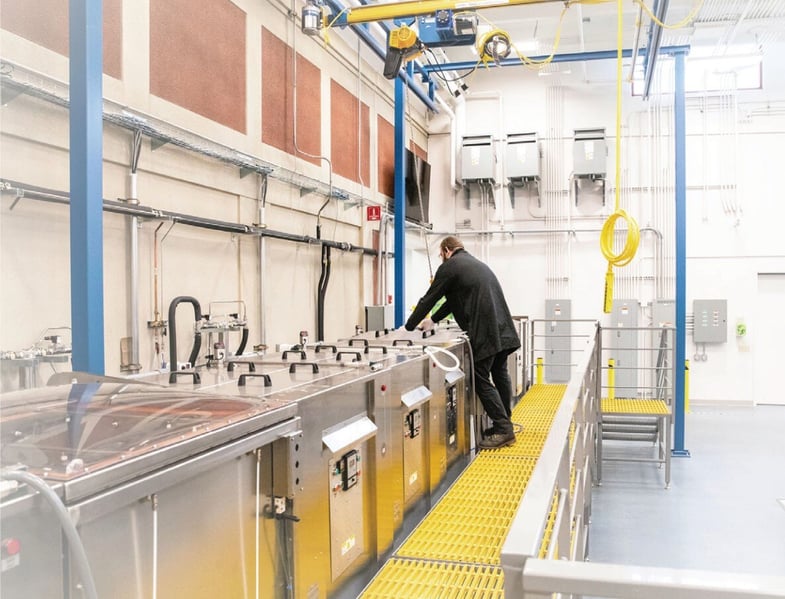Importance of Standardized Passivation
Standardized passivation is essential for ensuring consistency, reliability, and effectiveness in protecting metal surfaces from corrosion and contamination. By adhering to established standards such as ASTM A967, industries can achieve uniform removal of contaminants, leading to predictable and repeatable corrosion resistance. This is particularly important in sectors like aerospace, medical devices, and food processing, where compliance with strict regulatory requirements is necessary to ensure safety and performance. A standardized passivation process also enhances corrosion protection by forming a uniform passive oxide layer, reducing the risk of localized corrosion such as pitting and crevice corrosion that could lead to component failure. Additionally, it contributes to improved product longevity by extending the lifespan of stainless steel and other alloys, ultimately reducing maintenance costs and operational downtime. Furthermore, a well-controlled passivation process ensures better adhesion and compatibility with advanced coatings, such as those provided by SilcoTek, which further enhance material performance in harsh environments. Standardization not only improves quality and durability but also ensures that materials meet the rigorous demands of modern industrial applications.

SilcoTek's newly installed citric passivation line.
What is Passivation?
Passivation is a chemical treatment that removes free iron from the surface of stainless steel, allowing a thin, protective oxide layer to form. This process enhances the material’s resistance to oxidation and corrosion. Traditional passivation methods typically use nitric acid or citric acid solutions to dissolve contaminants and promote oxide layer formation.
Passivation vs. Neutralization
Some companies will note that they performed a passivation step on some stainless steel parts, but that process doesn't exactly measure up to most passivation standards. Those processes typically include a nitric acid rinse that does decrease the amount of iron, but not to normal ASTM A967 standards. That process is more commonly known as neutralization, not passivation. If you aren't sure which process your suppliers are performing, there are ways to test for the presence of iron on the surface.
Testing for Passivation
The copper sulfate test is a non-destructive test that detects the presence of iron and iron oxide on the surface of stainless steel. It is used to determine if stainless steel has been passivated properly, or if it needs to be passivated.
Electropolish + Passivation
Electropolishing and passivation both enhance the corrosion resistance of stainless steel by improving the surface chemistry and removing contaminants that can lead to localized corrosion. While passivation enhances the natural oxide layer, electropolishing provides a smoother, cleaner surface that supports a more uniform and durable passive layer. When used together, electropolishing and passivation offer superior corrosion resistance by reducing potential initiation sites for pitting, crevice corrosion, and contamination. This combination is particularly beneficial in industries requiring high-purity and corrosion-resistant components, such as pharmaceuticals, food processing, and medical devices.
Citric Acid Passivation at SilcoTek
SilcoTek offers citric acid passivation as a premium surface preparation step before applying our game-changing coatings. Passivation enhances the surface chemistry and inherent corrosion resistance of stainless steel by removing free iron that causes rouging, rust, and undesirable surface interactions. Semiconductor, biopharmaceutical, medical, and other industries where purity is paramount rely on citric acid passivation on stainless steel and other alloys.
While passivation is not required before SilcoTek’s coating processes, surface cleanliness is critical to coating success. Passivating metal parts before coating creates an optimal coating surface and increases the corrosion resistance and overall performance of coated parts. SilcoTek offers Citric 2 passivation per ASTM A967 and other customer specifications. Combined with our cleanroom packaging services, SilcoTek is your trusted partner for highly value-added coated products.

Have questions about our coatings or citric acid passivation service? Reach out to our team!



